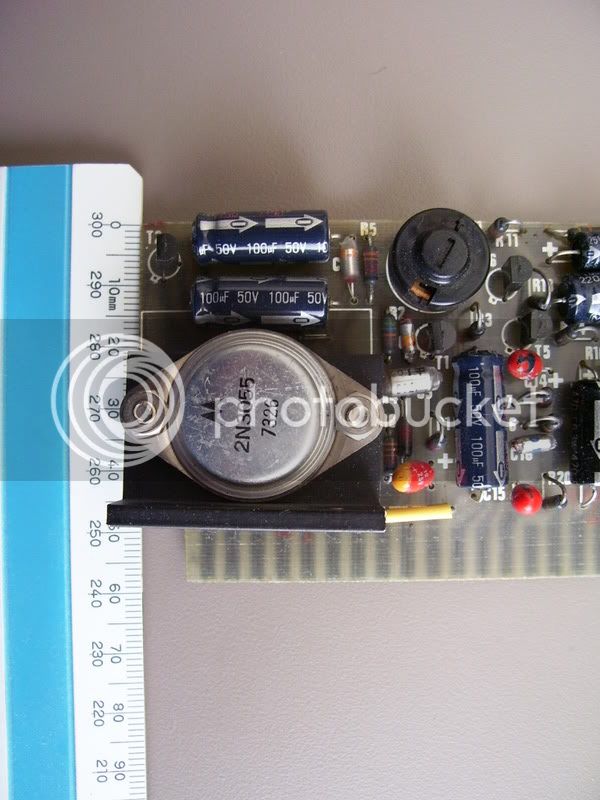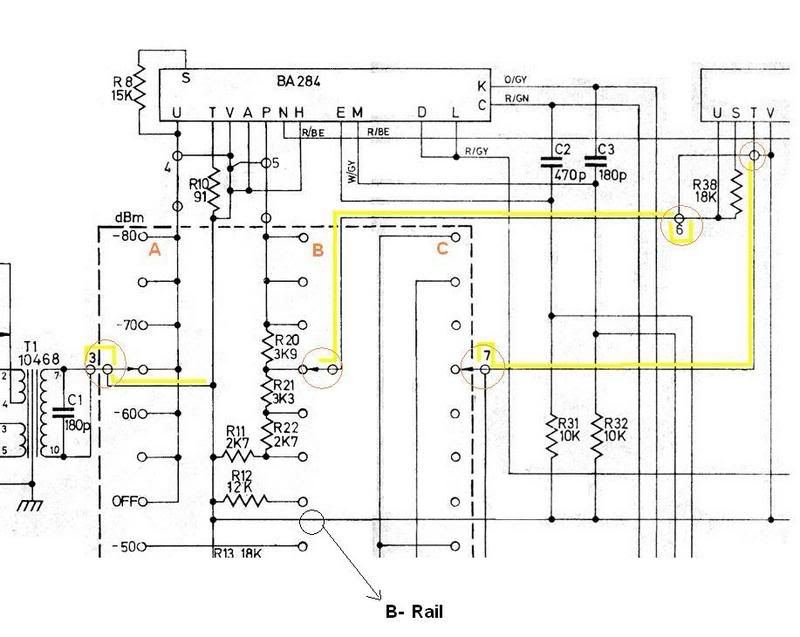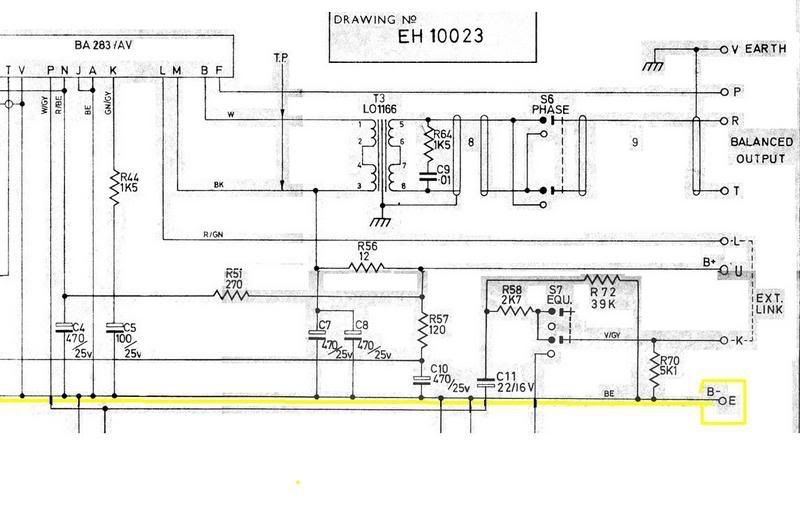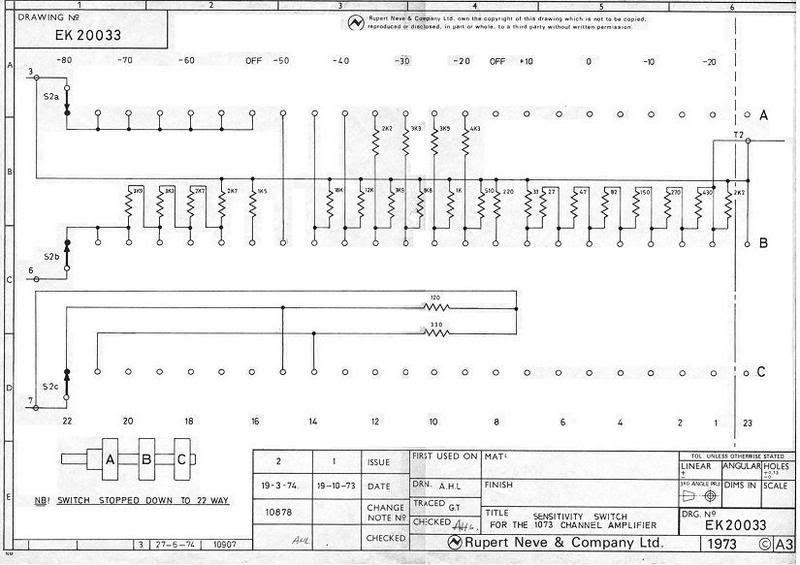codered
Well-known member
1u : dia 17.0 x 31.5
.22u:dia 8.5 x 30.0
22n :dia 6.7 x 18.5
100n :dia 8.7 x 18.0
47n,10n,15n almost same as 22n
b211 :90 x 50 with (9.7 x 7.3) x 2 cutouts for cinch
b283av :90 x 58 with (9.7 x 7.3) x 2 cutouts for cinch
b182c :90 x 70 with (9.7 x 7.3) x 2 cutouts for cinch
b205 :90 x 50 with (9.7 x 7.3) x 2 cutouts for cinch
b284 :90 x 58 with (9.7 x 7.3) x 2 cutouts for cinch
Also if you could please put the component solder pads atleast 3mm inboard after 5mm side trim.This is applicable to only those folks wanting to put .This will ensure that we dont cut through any of the component when trimming the Eurocard.
I think the price is great especially with the gold plating
.22u:dia 8.5 x 30.0
22n :dia 6.7 x 18.5
100n :dia 8.7 x 18.0
47n,10n,15n almost same as 22n
b211 :90 x 50 with (9.7 x 7.3) x 2 cutouts for cinch
b283av :90 x 58 with (9.7 x 7.3) x 2 cutouts for cinch
b182c :90 x 70 with (9.7 x 7.3) x 2 cutouts for cinch
b205 :90 x 50 with (9.7 x 7.3) x 2 cutouts for cinch
b284 :90 x 58 with (9.7 x 7.3) x 2 cutouts for cinch
Also if you could please put the component solder pads atleast 3mm inboard after 5mm side trim.This is applicable to only those folks wanting to put .This will ensure that we dont cut through any of the component when trimming the Eurocard.
I think the price is great especially with the gold plating








![Soldering Iron Kit, 120W LED Digital Advanced Solder Iron Soldering Gun kit, 110V Welding Tools, Smart Temperature Control [356℉-932℉], Extra 5pcs Tips, Auto Sleep, Temp Calibration, Orange](https://m.media-amazon.com/images/I/51sFKu9SdeL._SL500_.jpg)




























